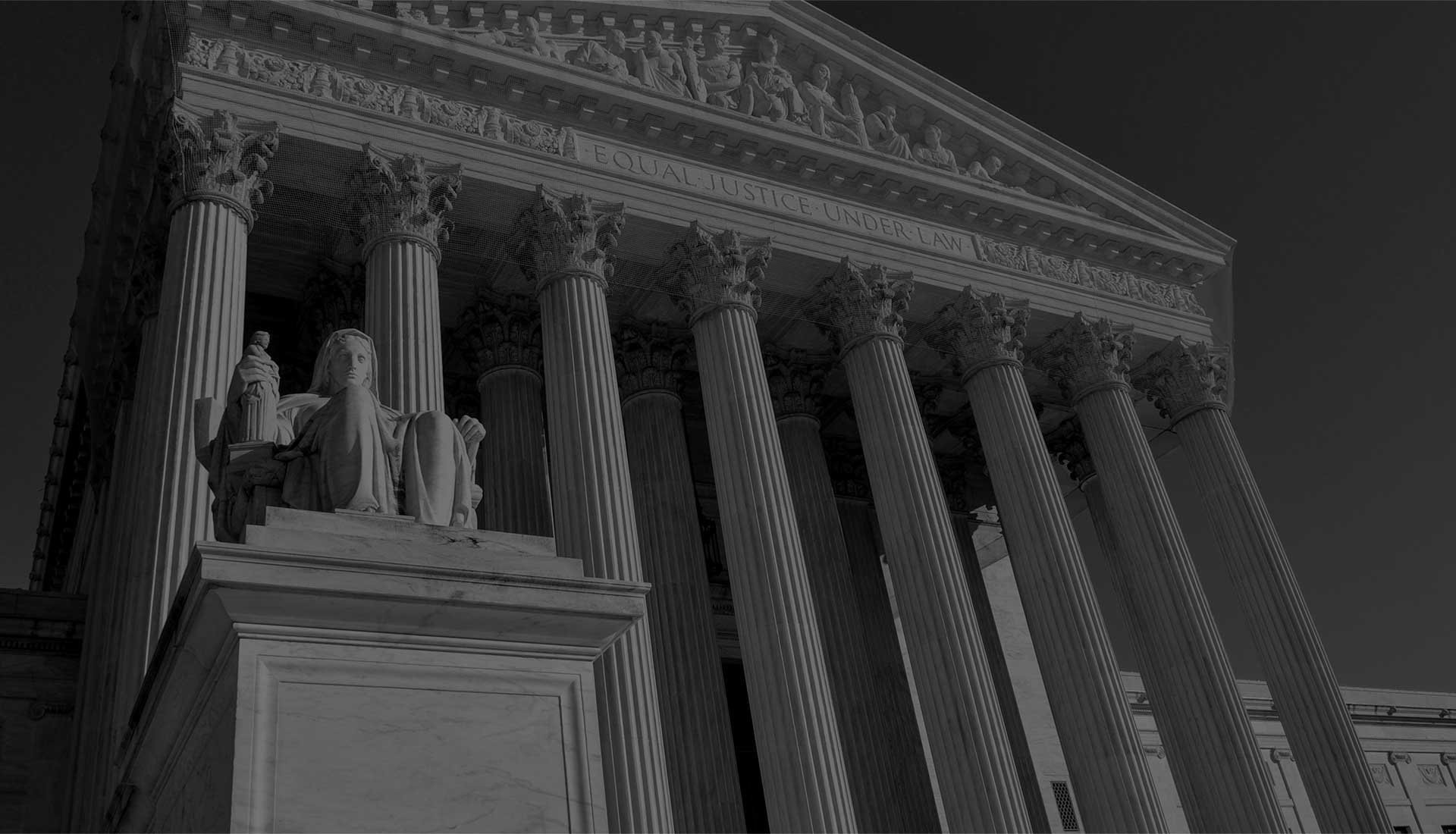Big Trouble In Little Bowling Green

A man faces probable civil and criminal liability after he fled the scene of a fatal alcohol-involved car crash.
Witnesses say the wreck occurred near North Gate Shopping Center on Louisville Road. The driver apparently ignored a red light and slammed into another vehicle, who had the green light as she pulled out of the shopping center’s parking lot; she was later pronounced dead at the scene. The driver then left his vehicle, looked inside the victim’s car, and then ran away on foot. He was apprehended a short distance away.
The driver told first responders that he had been drinking.
Liability in Alcohol-Related Car Crashes
More than likely, prosecutors will charge the driver with second-degree vehicular manslaughter, which is a Class C felony. In civil court, a jury may also hold the driver liable for the death of the victim.
Such an outcome would not be unusual, because alcohol is a factor in about a third of the fatal car crashes in Kentucky. In sum, alcohol is a depressant that slows reaction time, impairs judgment ability, inhibits concentration, and otherwise makes it difficult to safely operate a motor vehicle. Circumstantial evidence alone is enough to establish liability for damages in civil court.
- Departure Point: If the tortfeasor (negligent driver) had recently been at a place where alcohol was served, such as a bar or a party, a jury can conclude that the tortfeasor had been drinking.
- Bloodshot Eyes: People who drink often develop red, watery eyes, and although many other things can cause this condition, in civil court, it is normally enough to prove alcohol consumption.
- Odor of Alcohol: This physical symptom is usually the most obvious telltale sign that the tortfeasor had probably been drinking recently.
Impairment begins with the first drink, so evidence of consumption is enough to prove impairment and therefore establish liability.
Tortfeasors who consumed alcohol and caused car crashes may also be liable as a matter of law, because of the negligence per se (negligence “as such”) doctrine. So, victim/plaintiffs may not need to introduce evidence of impairment and convince a jury that the tortfeasor had been drinking, because if the negligence per se rule applies, the tortfeasor is liable for damages as a matter of law.
Damages in Hit-and-Run Car Crashes
In alcohol-involved cases, victims are normally entitled to economic damages, such as lost wages, and noneconomic damages, such as pain and suffering. In many cases, especially those that involve hit-and-run drivers, additional punitive damages may be available as well.
Many jurors feel that a person who flees the scene of a car crash, especially one that involves a fatality, should be punished above and beyond compensatory damages. To obtain punitive damages, the plaintiff must essentially prove that the tortfeasor displayed a conscious indifference toward the health and safety of others.
Hit-and-run is a violation of penal statutes as well, but since it does not have anything to do with cause, it probably does not trigger the negligence per se shortcut.
Car crash victims are sometimes entitled to both compensatory and punitive damages. For a free consultation with an experienced personal injury lawyer in Franklin, contact Attorney Gary S. Logsdon. After hours appointments are available.

